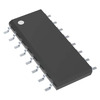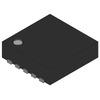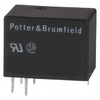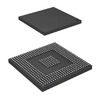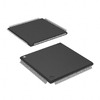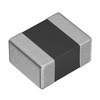Why TIP121 Transistor is Ideal for Moderate Power Circuits?
The TIP121 transistor offers a reliable solution for basic switching and amplification needs in various circuits. This article will guide you through its features, performance, practical applications, and manufacturer details, helping you understand how and where to use TIP121 effectively.Catalog
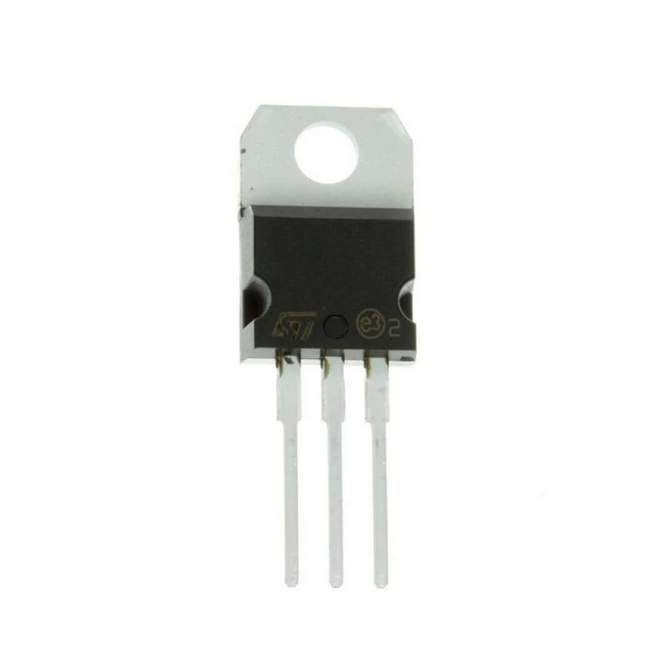
Overview of TIP121 Transistor
The TIP121 transistor is a convenient choice for many basic circuits due to its design as an NPN Darlington transistor. It’s constructed to handle moderate power levels, making it well-suited for tasks requiring simple amplification or switching. Its TO-220 package is compact, yet the transistor provides reliable functionality. With broad availability and a lower price, TIP121 is a practical pick for both beginners and experienced users looking for a straightforward, adaptable component. Its widespread use in various applications has made it popular within the electrical field.
Understanding TIP121 Pinout
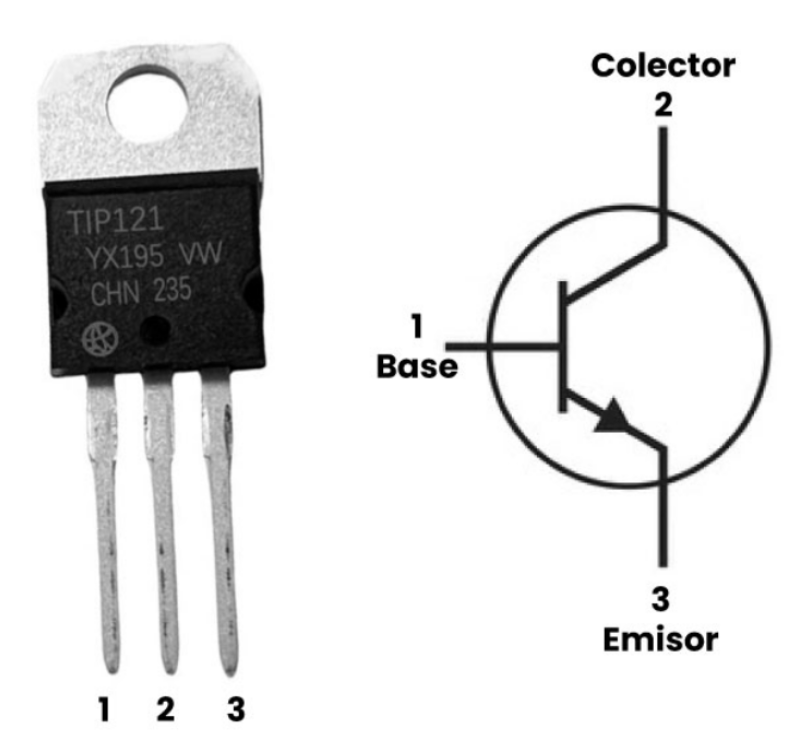
TIP121 Pinout Diagram
| Pin | Type | Parameters |
| 1 | Emitter | It is usually linked with the ground terminal. |
| 2 | Base | Used to turn on or off the transistor. Works like a switch. |
| 3 | Collector | This terminal of the transistor is connected with the load. |
Detailed TIP121 CAD Model Specifications
TIP121 Symbol

TIP121 Footprint
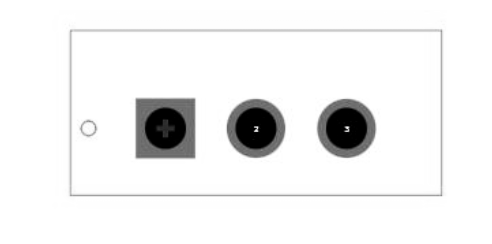
TIP121 3D Model
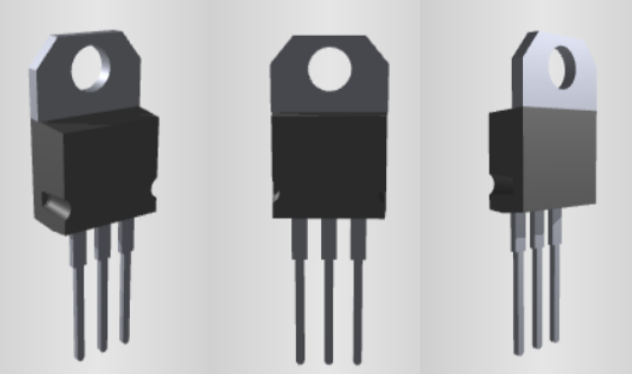
Key Features of TIP121 Transistor
Moderate Power Consumption
TIP121 is designed to handle moderate power, which allows it to perform well in circuits that don’t demand extreme energy. This feature makes it a dependable option for everyday applications that need steady and manageable power without overloading or overheating.
High Gain
With a gain capability of around 50 percent, TIP121 amplifies signals effectively. This means it can boost low-level input signals to a higher output, allowing it to be used in both switching and amplification tasks in various electronic projects.
Collector-Emitter Voltage Capacity
The maximum voltage this transistor can handle between its collector and emitter terminals is 100 volts. This capacity ensures that TIP121 can work reliably in circuits that require higher voltage levels, as long as they stay within this limit.
Current Handling
TIP121 can handle up to 3A of direct current through its collector terminal, which is suitable for circuits that drive moderate loads, like small motors or light sources. This current limit allows it to work in projects where a steady current is needed without risking damage to the transistor.
Base-Emitter Voltage
The maximum allowable voltage between the base and emitter terminals is 5 volts. This limit is essential for keeping the transistor’s base terminal safe from excessive voltage, ensuring it operates smoothly in its role as a switching or amplification device.
Base Current Capacity
The base terminal can handle up to 1 ampere of direct current. This capacity allows the TIP121 to work well in circuits where control signals are applied to the base, as it can manage a good amount of current for switching or amplification.
Collector-Base Voltage
The transistor can also handle up to 100 volts between the collector and base terminals, which gives it flexibility in circuits where higher voltages are present. This feature makes it suitable for many common setups, provided that voltage limits are respected.
Operating Temperature
With an operating temperature that reaches up to 150°C, TIP121 can withstand the heat generated during operation without failing. This temperature tolerance makes it a reliable choice in environments where warmth might be a factor in device performance.
Power Dissipation
TIP121 has a power dissipation of -65 watts, allowing it to handle a certain level of energy loss safely. This characteristic is important in circuits where there may be some heat buildup, as it prevents the transistor from overheating and keeps it functional.
Practical Applications of TIP121
Motor Drivers
TIP121 can drive small motors effectively due to its current and voltage handling capabilities. It acts as a switch that can start and stop the motor based on the control signal it receives, making it ideal for motor control applications in small devices.
Battery Chargers
In battery charging circuits, TIP121 regulates the flow of current to the battery. By controlling the charging current, it helps maintain the battery’s health and efficiency, preventing overcharging and ensuring steady power flow.
Audio Amplifier Stages
As an amplifier, TIP121 works well in audio circuits, especially in stages where low-level signals need to be boosted. It can amplify audio signals to a usable level, making it valuable for audio devices and small sound systems.
Audio Power Amplifier Circuits
TIP121 is also used in power amplifier circuits to increase the strength of audio signals for better output. This application is helpful in devices where audio needs a strong boost without significant distortion.
Audio Preamplifiers and Its Stages
In preamplifier stages, TIP121 boosts weak audio signals before they reach the main amplifier. It helps improve signal clarity and volume, making it useful in audio equipment where initial signal amplification is needed.
Driving or Switching Loads under 5A
TIP121 can switch or drive loads up to 5 amps, which includes small lamps, LED arrays, and other low-power devices. This application is versatile, as TIP121 can handle multiple loads, giving it flexibility in various switching setups.
Microcontroller Output Driver
As a driver for microcontroller outputs, TIP121 can manage the current required by connected devices. It amplifies the low-power signals from the microcontroller to drive larger loads, making it suitable for projects involving Arduino, Raspberry Pi, or similar platforms.
Possible Replacements for TIP121
You can replace TIP121 with:
• TIP100
• TIP101
• TIP102
• TIP105
• TIP106
• TIP107
• TIP110
• TIP126
Circuit Performance of TIP121 Transistor
When used in a circuit, the TIP121 transistor can efficiently control loads like small motors, lighting, or other devices. The transistor responds to a 5-volt signal sent to its base, activating the load connected to its collector terminal. The ground connection must link to the emitter for the circuit to work smoothly. A resistor, typically 10 ohms, is placed at the base to keep the current steady. When the base receives a pulse from the control unit, the TIP121 switches on, allowing current through the collector to power the load. Once the pulse stops, the transistor switches off, ceasing the collector current and stopping the load. This setup makes TIP121 an effective choice for circuits that need simple on-off control of devices like motors.

How and Where to Use TIP121
The TIP121 is handy for switching and amplification tasks. It can switch loads up to 5 amps, making it a practical choice for driving multiple devices, such as motors or LEDs, directly from the output of microcontrollers like Arduino or Raspberry Pi. For amplification, TIP121 handles low-level signals, boosting audio or other low-gain signals as needed. This versatility in switching and amplifying capabilities makes it adaptable for many projects, especially those involving microcontrollers or other digital circuits, where reliable control or signal boosting is needed.
TIP121 Package Information
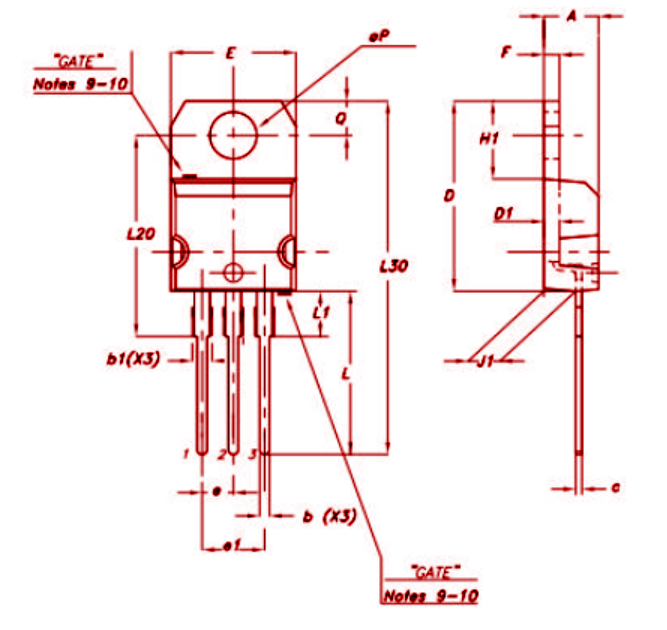
Manufacturer Information for TIP121
TIP121 is manufactured by STMicroelectronics, a company recognized for its contributions to microelectronics. They combine experience in design and manufacturing to deliver reliable semiconductor solutions. Their extensive reach and expertise allow them to offer transistors like TIP121, which is commonly used for its ease of use and reliable performance across various applications.
TIP121 Technical Specifications
Technical specifications, features, parameters, and comparable parts to the STMicroelectronics TIP121.
| Type | Parameter |
| Factory Lead Time | 8 Weeks |
| Mount | Through Hole |
| Mounting Type | Through Hole |
| Package / Case | TO-220-3 |
| Number of Pins | 3 |
| Transistor Element Material | Silicon |
| Collector-Emitter Breakdown Voltage | 80V |
| Number of Elements | 1 |
| hFE Min | 1000 |
| Operating Temperature | 150°C TJ |
| Packaging | Tube |
| JESD-609 Code | e3 |
| Part Status | Active |
| Moisture Sensitivity Level (MSL) | 1 (Unlimited) |
| Number of Terminations | 3 |
| ECCN Code | EAR99 |
| Terminal Finish | Matte Tin (Sn) |
| Voltage - Rated DC | 80V |
| Max Power Dissipation | 65W |
| Current Rating | 5A |
| Base Part Number | TIP121 |
| Pin Count | 3 |
| Polarity | NPN |
| Number of Channels | 1 |
| Element Configuration | Single |
| Power Dissipation | 2W |
| Transistor Application | Switching |
| Transistor Type | NPN - Darlington |
| Collector Emitter Voltage (VCEO) | 80V |
| Max Collector Current | 5A |
| DC Current Gain (hFE) (Min) @ Ic, Vce | 1000 @ 3A 3V |
| Current - Collector Cutoff (Max) | 500μA |
| JEDEC-95 Code | TO-220AB |
| Vce Saturation (Max) @ Ib, Ic | 4V @ 20mA, 5A |
| Collector Base Voltage (VCBO) | 80V |
| Emitter Base Voltage (VEBO) | 5V |
| VCEsat-Max | 4V |
| Height | 15.75mm |
| Length | 10.4mm |
| Width | 4.6mm |
| REACH SVHC | No SVHC |
| Radiation Hardening | No |
| RoHS Status | ROHS3 Compliant |
| Lead Free | Lead Free |
TIP121 Similar Parts Comparison
| Part Number | TIP121 | TIP102TU | TIP41CTU | TIP112TU |
| Manufacturer | STMicroelectronics | ON Semiconductor | ON Semiconductor | ON Semiconductor |
| Mount | Through Hole | Through Hole | Through Hole | Through Hole |
| Package / Case | TO-220-3 | TO-220-3 | TO-220-3 | TO-220-3 |
| Polarity | NPN | - | NPN | NPN |
| Collector Emitter Breakdown Voltage | 80 V | 100 V | 100 V | 80 V |
| Max Collector Current | 5 A | 6 A | 8 A | 2 A |
| Collector Emitter Saturation Voltage | 4 V | 1.5 V | 2 V | 2.5 V |
| hFE Min | 1000 | 15 | 100 | 500 |
| Max Power Dissipation | 65 W | 2 W | 80 W | 50 W |
| View Compare | TIP121 VS TIP102TU | TIP121 VS TIP41CTU | TIP121 VS TIP112TU |
Datasheet PDF
TIP121 Datasheet:
TIP102TU Datasheet:
TIP41CTU Datasheet:
TIP112TU Datasheet:
Frequently Asked Questions [FAQ]
1. What kind of power does TIP121 operate with?
TIP121 is designed to work with moderate power levels, making it suitable for circuits that need steady but not extreme energy. This level of power allows it to perform well in standard applications without overheating or overloading.
2. Which industries commonly use TIP121?
TIP121 is commonly used in electrical industries due to its versatility in basic switching and amplification tasks. Its reliability and ease of use make it a practical choice for various electrical applications and general circuit designs.
3. How much load can TIP121 handle?
TIP121 can manage loads up to 5 amps, allowing it to control small motors, lighting systems, and other devices that require a consistent current. This load capacity makes it adaptable for many everyday projects that need moderate power.
4. How well does TIP121 amplify low-gain audio signals?
TIP121 has high gain capabilities, which means it can effectively boost low-gain audio signals to a higher level. This ability makes it a useful component in audio circuits where sound clarity and volume are needed, particularly in initial amplifier stages or preamp setups.
About us
ALLELCO LIMITED
Read more
Quick inquiry
Please send an inquiry, we will respond immediately.

Comprehensive Overview of the RV-8803-C7 Real-Time Clock Module
on October 29th
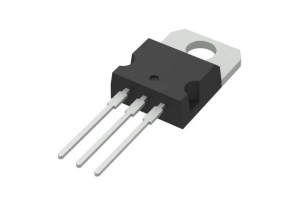
Essential Information on the LM7905 Voltage Regulator
on October 29th
Popular Posts
-

What is GND in the circuit?
on January 1th 2933
-

RJ-45 Connector Guide: RJ-45 Connector Color Codes, Wiring Schemes, R-J45 Applications, RJ-45 Datasheets
on January 1th 2485
-

Fiber Connector Types: SC Vs LC And LC Vs MTP
on January 1th 2077
-

Understanding Power Supply Voltages in Electronics VCC, VDD, VEE, VSS, and GND
on November 8th 1871
-

Comparison Between DB9 and RS232
on January 1th 1758
-

What Is An LR44 Battery?
Electricity, that ubiquitous force, quietly permeates every aspect of our daily lives, from trivial gadgets to life-threatening medical equipment, it plays a silent role. However, truly grasping this energy, especially how to store and efficiently output it, is no easy task. It is against this background that this article will focus on a type of coin cell battery that may seem insignificant on the...on January 1th 1707
-

Understanding the Fundamentals:Inductance Resistance, andCapacitance
In the intricate dance of electrical engineering, a trio of fundamental elements takes center stage: inductance, resistance, and capacitance. Each bears unique traits that dictate the dynamic rhythms of electronic circuits. Here, we embark on a journey to decipher the complexities of these components, to uncover their distinct roles and practical uses within the vast electrical orchestra. Inductan...on January 1th 1649
-

CR2430 Battery Comprehensive Guide: Specifications, Applications and Comparison to CR2032 Batteries
What is CR2430 battery ?Benefits of CR2430 BatteriesNormCR2430 Battery ApplicationsCR2430 EquivalentCR2430 VS CR2032Battery CR2430 SizeWhat to look for when buying the CR2430 and equivalentsData Sheet PDFFrequently Asked Questions Batteries are the heart of small electronic devices. Among the many types available, coin cells play a crucial role, commonly found in calculators, remote controls, and ...on January 1th 1536
-

What Is RF and Why Do We Use It?
Radio Frequency (RF) technology is a key part of modern wireless communication, enabling data transmission over long distances without physical connections. This article delves into the basics of RF, explaining how electromagnetic radiation (EMR) makes RF communication possible. We will explore the principles of EMR, the creation and control of RF signals, and their wide-ranging uses. The article ...on January 1th 1530
-

CR2450 vs CR2032: Can The Battery Be Used Instead?
Lithium manganese batteries do have some similarities with other lithium batteries. High energy density and long service life are the characteristics they have in common. This kind of battery has won the trust and favor of many consumers because of its unique safety. Expensive tech gadgets? Small appliances in our homes? Look around and you'll see them everywhere. Among these many lithium-manganes...on January 1th 1500



